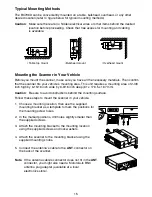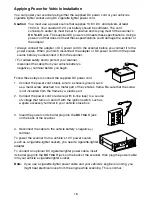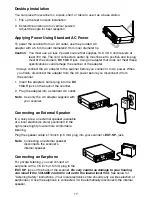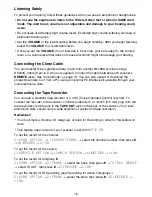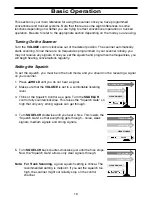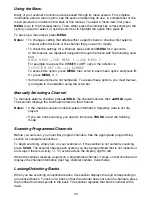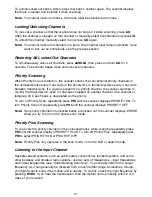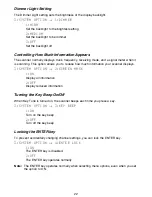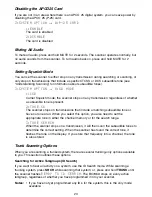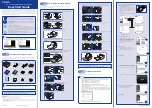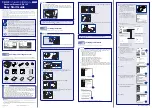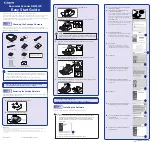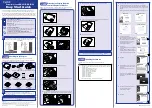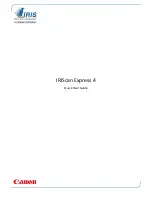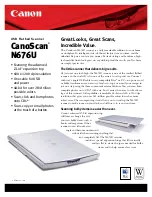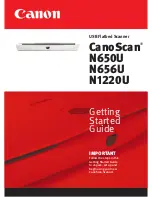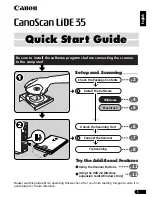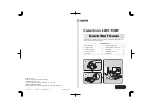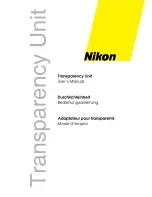
One big difference you will notice with digital versus analog transmissions, is that with
analog systems, you might be able to hear weak signals interspersed with hissing. As you
move further away from the system, the interference gradually increases until you are
unable to make out the transmission. With digital systems, the cutoff point is much more
abrupt. You might have a small area where partial decoding occurs...in which case you will
hear partial and garbled audio. However, once the scanner is unable to receive the data well
enough to decode it, the audio stops entirely. For the best range, antenna selection and
placement is critical. See “Connecting an Antenna” for more information.
EDACS Trunking
EDACS trunking works in much the same way as Motorola trunking with a couple of major
differences. In an EDACS system, each frequency used by the system is assigned a Logical
Channel Number (LCN) so that less data needs to be transmitted by the control channel.
Also, talkgroups are assigned in an Agency-Fleet-Subfleet (AFS) hierarchy. Also, there is
one variation of EDACS called SCAT that your BC796D can monitor.
•
Logical Channel Numbers
– each frequency used by the system is assigned an LCN.
This information is programmed into each user radio. When a user presses
PTT
, their
radio sends their AFS information to the control channel. The computer then assigns that
talkgroup to a channel and sends the LCN so that all other radios in that talkgroup will
switch to the correct channel. To program a EDACS system in your scanner, you will need
to know both the frequencies used by the system and the LCN for each frequency so that
you can program the frequencies in LCN order.
•
Agency-Fleet-Subfleet
– talkgroup ID’s for EDACS systems are assigned in a way that
makes it easy to see at a glance the affiliation of the user. Each radio is assigned a 2-digit
agency identifier from 00 – 15. For example, 01 might be used by the police, 02 by
ambulance service, 03 by the fire department, and so on. Each agency is then subdivided
up to 16 times to provide fleet identification, and then 8 more times to identify subfleets.
For example, the complete AFS for the Police Department West District’s dispatch channel
might be 01-062. 01 identifies the agency as the police department, 06 identifies the fleet
as the West district, and 02 identifies the subfleet as the dispatch channel. While these
assignments are somewhat arbitrary and vary from system to system, there are many
resources on the web for finding the assignments for most systems.
Because of the logical hierarchy of the AFS system, your BC796D lets you assign wildcard
ID’s that let you, for example, use only one ID memory to identify all units in either an
agency or a fleet.
•
EDACS SCAT
– EDACS SCAT (Single Channel Autonomous Trunking) systems operate
on a single channel and alternate control data with analog voice traffic. While your
BC796D cannot track ID’s in this system, it can eliminate the control data so that all you
hear is the voice transmissions when you monitor this type of system.
8
Summary of Contents for APCO 25
Page 1: ......
Page 2: ......
Page 6: ......
Page 81: ...75 Memo ...
Page 82: ...Memo 76 ...
Page 83: ...Memo 77 ...
Page 84: ......





















